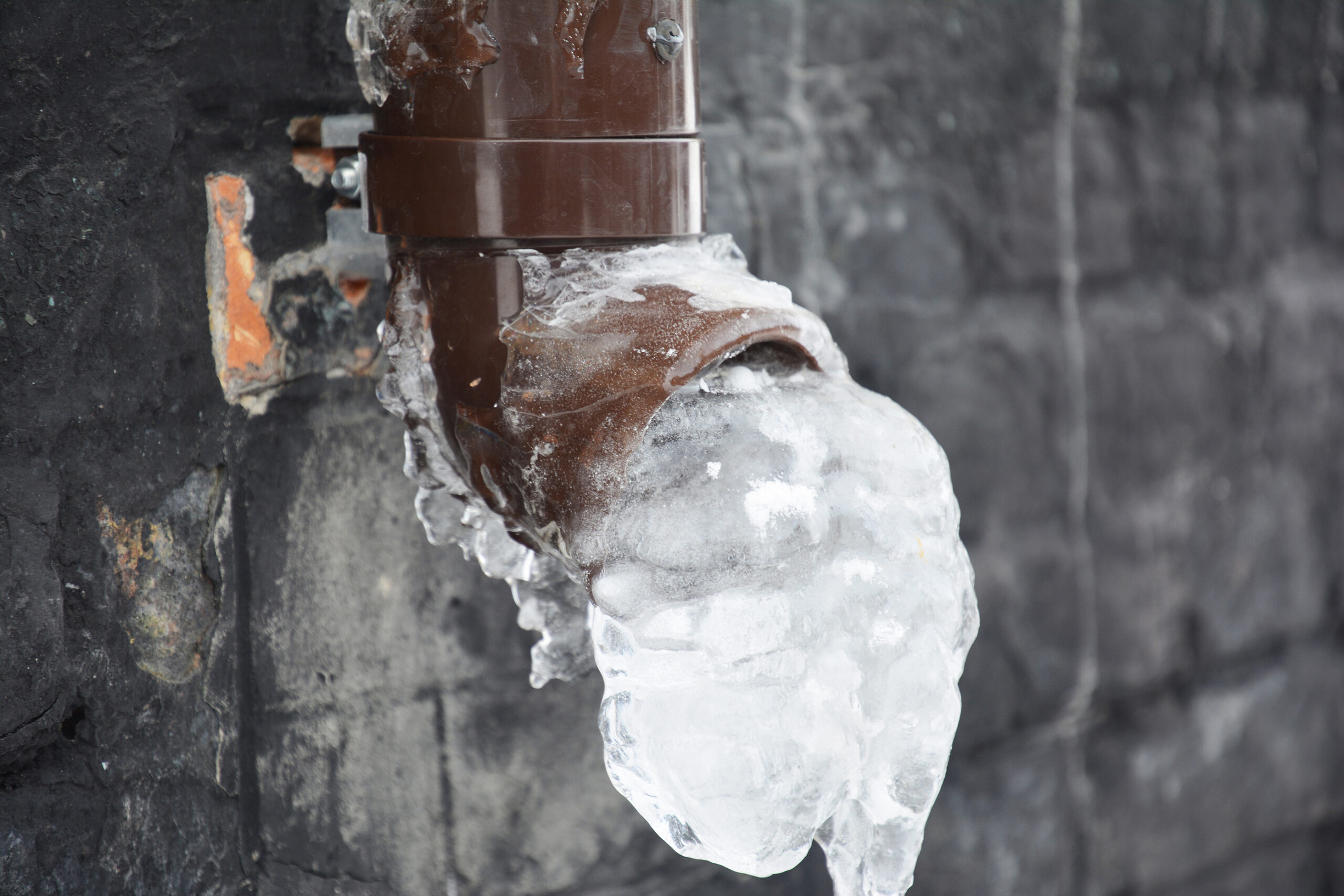Just how do you feel with regards to Helpful Tips to Prevent Frozen Pipes this Winter?

Winter can ruin your pipes, especially by freezing pipelines. Here's exactly how to prevent it from taking place and what to do if it does.
Introduction
As temperature levels decrease, the threat of icy pipes increases, possibly resulting in expensive repair work and water damage. Recognizing exactly how to stop frozen pipes is essential for homeowners in cold climates.
Recognizing Frozen Pipes
What triggers pipelines to freeze?
Pipelines freeze when exposed to temperatures listed below 32 ° F (0 ° C) for prolonged periods. As water inside the pipes freezes, it expands, putting pressure on the pipe wall surfaces and possibly creating them to break.
Risks and problems
Frozen pipelines can result in supply of water disruptions, building damages, and pricey repairs. Ruptured pipelines can flood homes and create substantial structural damages.
Signs of Frozen Piping
Recognizing frozen pipelines early can prevent them from breaking.
How to identify frozen pipelines
Try to find reduced water circulation from faucets, uncommon odors or sounds from pipelines, and visible frost on exposed pipes.
Avoidance Tips
Shielding at risk pipes
Cover pipes in insulation sleeves or use warm tape to secure them from freezing temperatures. Concentrate on pipelines in unheated or external areas of the home.
Heating strategies
Keep interior rooms sufficiently warmed, especially areas with pipes. Open up cabinet doors to allow cozy air to circulate around pipelines under sinks.
Shielding Exterior Pipes
Yard pipes and outside faucets
Separate and drain pipes yard hose pipes prior to wintertime. Set up frost-proof faucets or cover outside faucets with insulated caps.
What to Do If Your Pipelines Freeze
Immediate activities to take
If you think icy pipes, maintain faucets available to eliminate pressure as the ice melts. Make use of a hairdryer or towels taken in warm water to thaw pipes gradually.
Long-Term Solutions
Structural changes
Consider rerouting pipelines away from exterior wall surfaces or unheated locations. Add additional insulation to attic rooms, basements, and crawl spaces.
Upgrading insulation
Purchase high-quality insulation for pipelines, attic rooms, and walls. Correct insulation aids maintain consistent temperatures and minimizes the danger of frozen pipes.
Final thought
Protecting against icy pipelines needs proactive actions and quick feedbacks. By recognizing the reasons, signs, and preventive measures, house owners can protect their plumbing throughout cold weather.
5 Ways to Prevent Frozen Pipes
Drain Outdoor Faucets and Disconnect Hoses
First, close the shut-off valve that controls the flow of water in the pipe to your outdoor faucet. Then, head outside to disconnect and drain your hose and open the outdoor faucet to allow the water to completely drain out of the line. Turn off the faucet when done. Finally, head back to the shut-off valve and drain the remaining water inside the pipe into a bucket or container. Additionally, if you have a home irrigation system, you should consider hiring an expert to clear the system of water each year.
Insulate Pipes
One of the best and most cost-effective methods for preventing frozen water pipes is to wrap your pipes with insulation. This is especially important for areas in your home that aren’t exposed to heat, such as an attic. We suggest using foam sleeves, which can typically be found at your local hardware store.
Keep Heat Running at 65
Your pipes are located inside your walls, and the temperature there is much colder than the rest of the house. To prevent your pipes from freezing, The Insurance Information Institute suggests that you keep your home heated to at least 65 degrees, even when traveling. You may want to invest in smart devices that can keep an eye on the temperature in your home while you’re away.
Leave Water Dripping
Moving water — even a small trickle — can prevent ice from forming inside your pipes. When freezing temps are imminent, start a drip of water from all faucets that serve exposed pipes. Leaving a few faucets running will also help relieve pressure inside the pipes and help prevent a rupture if the water inside freezes.
Open Cupboard Doors
Warm your kitchen and bathroom pipes by opening cupboards and vanities. You should also leave your interior doors ajar to help warm air circulate evenly throughout your home.

Hopefully you enjoyed our article on How to prepare your home plumbing for winter weather. Thanks a lot for taking the time to browse our piece. Do you know about someone else who is excited by the subject? Take a moment to share it. Thanks a lot for being here. Don't forget to come by our site back soon.
Request Service
Comments on “Essential Tips for Avoiding Frozen Plumbing in Cold Weather Conditions”